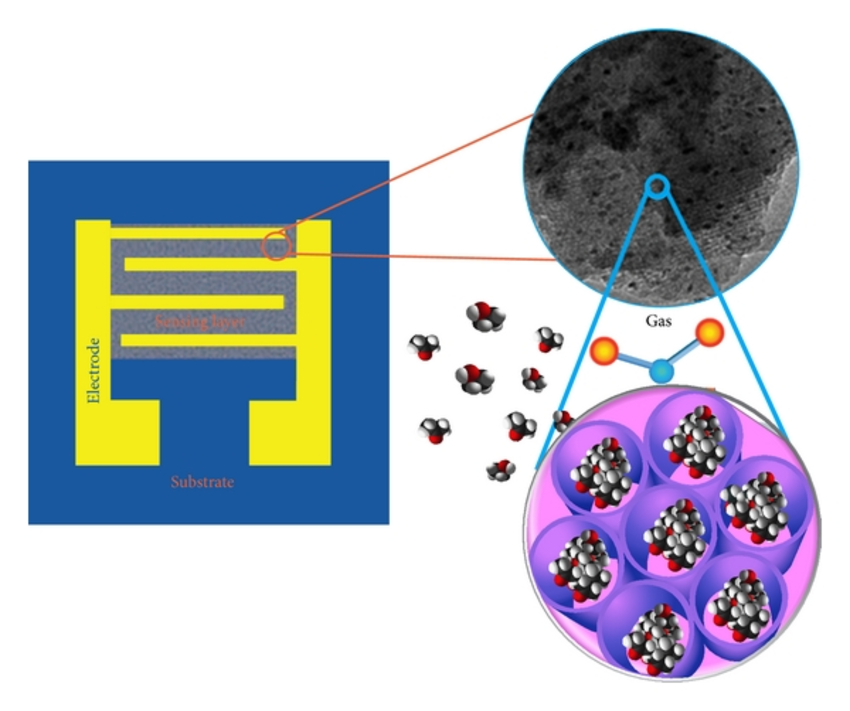Structure of flexible electronic devices such as Nano graphen sensor (PhD in Nano _ Microelectronics)
Researcher and author: Dr. ( Afshin Rashid)
Note: Nano graphen sensor Nano graphen sensor Optical properties, and the unique nano-electronics of these nanostructures have led to the use of these nanomaterials for the development of small devices, such as energy-saving sensors. Graphene nanomaterials pose a threat to other nanomaterials in terms of their use in gas sensors.
Gas sensors with stable, sensitive and simple electronic sensors (nanomaterials) that can detect very small amounts of gases. Such sensors can be used to detect biomaterials or hazardous chemical agents, among all nanomaterials, carbon nanomaterials (graphene). They are a very good option for this. Carbon nanomaterials, due to their inherent properties, have a high potential for low dimensions, have an area for the production of automated sensors. Carbon structures have a high surface area that is ideal for sensors. Unlike polycrystalline materials such as numerical, it has no grain boundaries, which causes Metal oxides, carbon materials that are sensed by long-term stability waves. Some carbon materials, such as carbon nanotubes and graphene, have high-quality crystal lattices, so carriers in these structures travel at high speeds while generating little noise. Since these two factors play a very important role in creating conductivity properties. But it is easier to control and multidimensional and high quality crystal structure.
The electromagnetic properties of carbon (graphene) nanotubes allow them to be used in flexible electronic devices such as the Nano graphen sensor . The low energy consumption of carbon nanotube-based devices allows them to operate independently of the external charger . The movement of electronic signals in a chemical environment has advantages over optical methods . In the construction of sensors, graphene, as one of the new allotropes of carbon, is overtaking carbon nanotubes in the construction of sensors . But carbon nanomaterials are not limited to graphene and nanotubes.
Conclusion :
One of the most important reasons for the interest in making sensors from carbon nanomaterials (graphene) is that these materials, in addition to having a regular nanoscale tubular structure, also have considerable stability; So they are very stable even when they are not functional . However, there is a wide range of nanomaterials . Nano graphen sensor Nano graphen sensor Optical properties, and the unique nanoelectronics of these nanostructures have led to the use of these nanomaterials for the development of small devices, such as energy-saving sensors. Graphene nanomaterials pose a threat to other nanomaterials in terms of their use in gas sensors.
Researcher and author: Dr. ( Afshin Rashid)
PhD in Nano-Microelectronics




